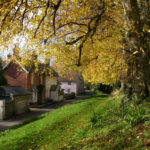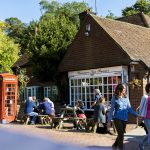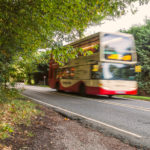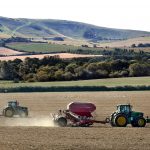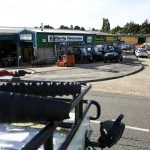What is Landscape?
Landscapes are made up of everything we see, hear and experience. The official definition is:
an area, as perceived by people, whose character is the result of the action and interaction of natural and/or human factors. (European Landscape Convention (ELC)).
The Landscape Institute provides a helpful summary of the ELC.
This means landscapes are not just green areas of countryside, they include everything shaped by people and nature together. Roads and lanes, towns, villages, farms and buildings, industrial areas, rivers and beaches are all part of our landscape.
People are at the heart of landscape. The landscape we see today has been shaped by people, so we can think of it as a living record of thousands of years of history. The different patterns of fields and woods, distinctive villages and valleys all contribute to character, each telling a story about the landscape. Planning guides new changes that retain and enhance this character, whilst preserving a landscape’s history, so people can continue to experience it and uncover stories about places.
As whole landscapes are made up of many parts, we consider and look after all of the elements that make up a landscape to conserve and enhance these special places. This is explained further in Understanding a Landscape.
In order to help care for Protected Landscapes, the National Park Authority and many other public bodies have a Duty of Regard to help with their conservation and enhancement as part of their everyday work.

